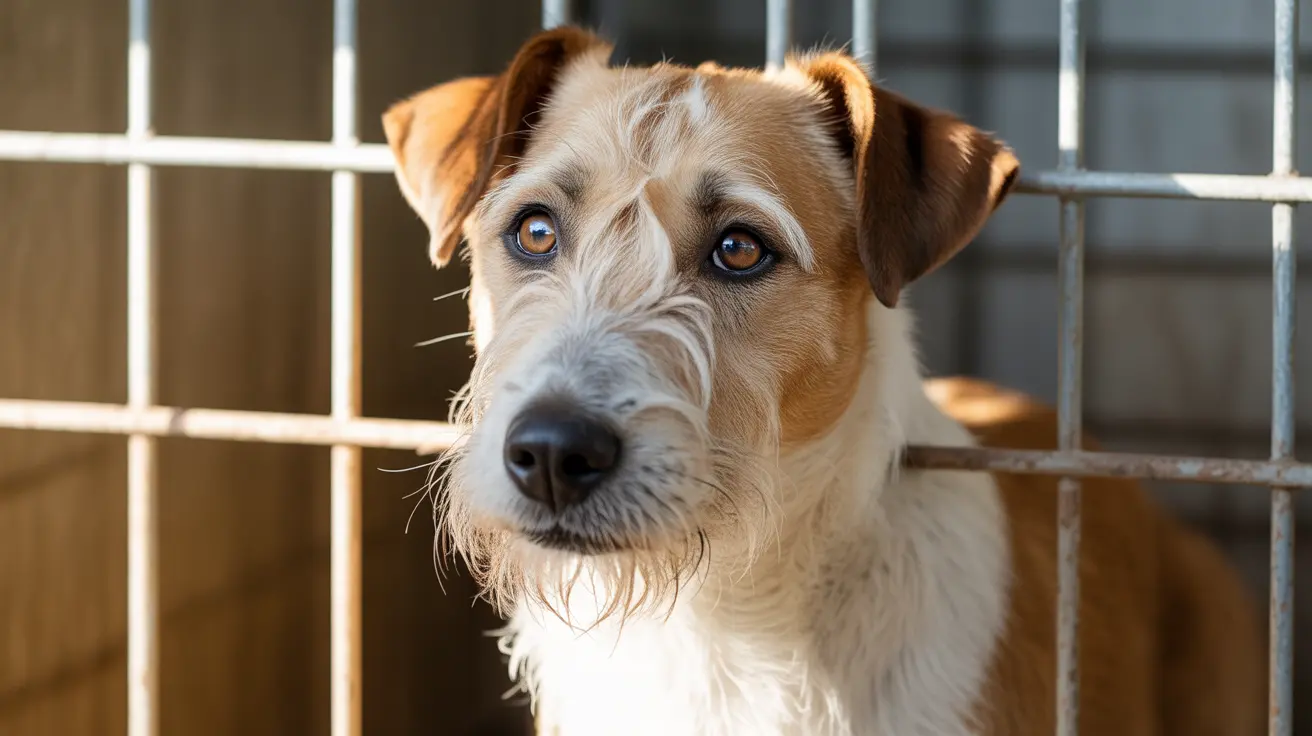Can an Eagle Pick Up a 10 lb Dog? What Every Pet Owner Should Know
Birds of prey—also known as raptors—are powerful hunters capable of taking down a variety of creatures. However, pet owners occasionally wonder:
Can an eagle pick up a 10 lb dog? Understanding the risks and knowing how to protect your pet can help avoid dangerous encounters.
Understanding Raptors and Their Capabilities
Raptors include species such as
hawks,
eagles,
owls,
falcons, and
vultures. These birds primarily hunt
small mammals like rodents, rabbits, and birds, but are opportunistic when prey is scarce.
Eagles and
great horned owls rank among the largest raptors in North America. An average
bald eagle or
golden eagle weighs between 8–14 pounds and can theoretically lift a few pounds mid-flight. However, lifting more than half their body weight is challenging—even for these raptors.
Could a 10 lb Dog Be at Risk?
The short answer is:
potentially, but it’s rare. While some birds of prey may try to attack dogs around 10 pounds, most can’t carry them off. Typical carry-limits are:
- Red-tailed Hawks: Weigh 2–4 lb and can carry around 1–2.5 lb of prey
- Great Horned Owls: Known to take prey over 5 lb
- Eagles: Occasionally may grasp prey under 10 lb, but flying while carrying them is very difficult
Risks from Attacks
Even if a raptor cannot carry a pet away, the damage from an attack can be severe:
- Puncture wounds from talons
- Head or spinal trauma
- Broken bones from being dropped mid-air
- Death due to internal injuries
Attacks are more likely to occur during
nesting season or in areas where birds are
defending territory. These attacks may not be predatory but rather warnings to scare potential threats away.
Factors That Increase Risk
Raptor attacks are more common when:
- Pets are small breeds under 10 lb, such as Chihuahuas or Yorkies
- They’re left unsupervised outdoors, even in fenced yards
- You live in rural or wooded areas with active raptor populations
- Rodents, birds, or pet food attract raptors to your yard
Precautionary Measures
To mitigate the danger, follow these
smart pet-keeping tips:
- Supervise small pets when outside, especially at dawn, dusk, or midday
- Use covered enclosures like "catios" or netted yards
- Leash walks in open areas to keep your dog close
- Eliminate outdoor food sources and trim nearby trees
- Use reflective or shiny deterrents to scare birds away
- Consider protective vests made of Kevlar with spikes or guards
- Join group walks; raptors typically avoid multiple dogs and people
Responding to an Attack
In the rare chance your pet is targeted:
- Intervene loudly and quickly—wave arms, clap, shout
- Pick up your pet and seek shelter
- Inspect for injuries, especially talon wounds and bruises
- Call your vet, even if no injuries are immediately visible
- Report the incident to wildlife or animal control authorities if needed
Legal and Ethical Considerations
All raptors are
federally protected under the Migratory Bird Treaty Act. It is illegal to kill, harm, or harass raptors—even in defense of a pet—without the proper permits. Damaging a bird’s nest or habitat can also attract legal consequences.
In Summary
Though
eagles and other raptors rarely carry off 10-pound dogs, they can still cause serious harm. By staying vigilant, supervising pets closely, and using physical protection strategies, pet owners can significantly reduce the risk of attack. Awareness during peak nesting seasons and understanding local wildlife can further improve pet safety.





